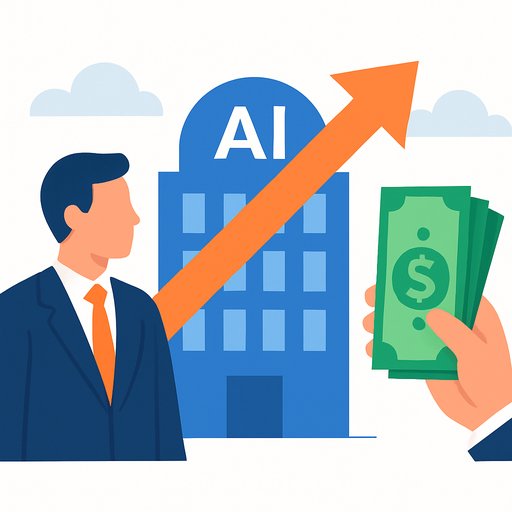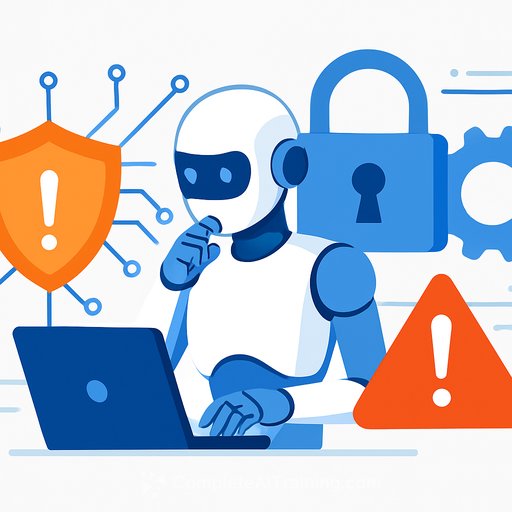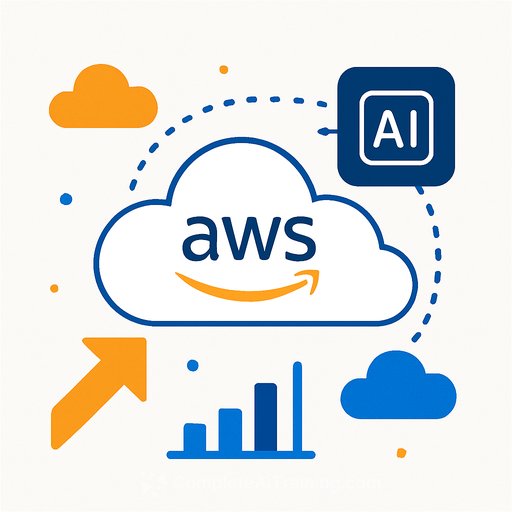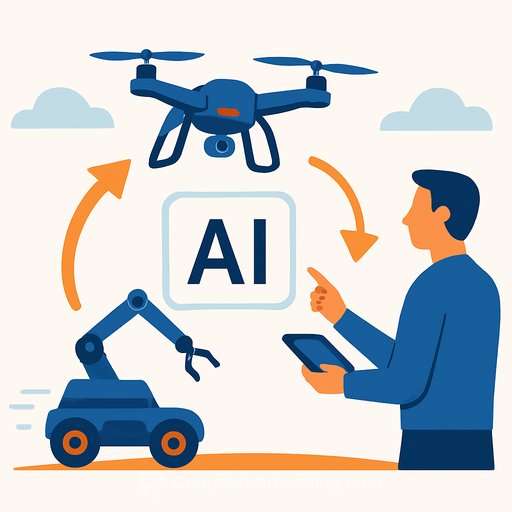From Light Bulbs to LLMs: Managing AI's Power and People
When electricity hit factory floors, the winners weren't the ones who swapped lamps. They were the ones who built the ecosystem-generation, distribution, standards, financing, and skilled labor. AI is the same story.
If you're on a board or leading a P&L, think in systems. Governance, finance and infrastructure, and human capital move together. Miss one, and your "AI program" turns into stranded cost and brand risk.
Governance lessons from the grid
The "War of the Currents" didn't end because AC was clever. It ended when institutions matured: plants were financed, safety rules set, workers trained, and distribution standardized. The Rural Electrification Administration scaled access with long-term loans and shared risk models.
Translate that to AI. Models and tools are the easy part. The moat is your operating system: data rights, ethics, energy contracts, compliance, and cross-functional oversight that acts before problems surface.
- Name an accountable owner for data governance and model risk.
- Stand up an AI oversight council (HR, Finance, Legal, IT, Ops) with decision rights.
- Codify standards: model registry, audit trails, incident response, and vendor risk reviews.
- Run scenario analysis before replacing human judgment: cost, compliance, customer impact, and resilience.
- Write energy and carbon clauses into AI procurement and cloud contracts.
Finance meets power: infrastructure is strategic
Early adopters of electric motors outperformed because they redesigned factories around a new physics. You're facing the same call with AI: siting, power, cooling, and network design will set your ceiling on scale and unit economics.
The International Energy Agency projects data center electricity demand could roughly double by 2030, reaching about 945 TWh. Source Several U.S. estimates suggest data centers could reach a double-digit share of national electricity use by 2030. Treat this as a capital decision, not a vendor negotiation.
- Make location and long-term power contracts board-level topics (consider PPAs near renewables).
- Price grid risk, cooling, water, latency, and regulatory exposure into your business case.
- Tie "power cost" and compute spend to human-capital ROI-productivity per role, cycle-time reduction, error-rate cuts.
- Adopt a portfolio view: local GPUs, colocation, and multi-cloud to balance cost, control, and speed.
Human capital as conductor
Electrification created electricians and utility managers-and erased candle makers. AI is spawning data center ops, model governance, prompt engineering, and human-in-the-loop design, while automating routine cognitive tasks.
Productivity gains show up only when the workforce and institutions reskill together. Budget for both-skills and infrastructure-or you'll get cost without payoff.
- Build an AI literacy program for all managers and ICs; certify critical teams.
- Map roles to "automate, augment, advance" pathways with redeployment plans.
- Stand up internal academies, partnerships with universities, and targeted certifications.
- Update job architecture, incentives, and KPIs to reward adoption and safe use.
Need practical training by job function? Explore curated options here: AI courses by job.
Avoid over-automation traps
Automate too quickly and you pay elsewhere. Customer service studies have shown double-digit drops in satisfaction when chatbots fail to resolve nuanced issues. Trading systems without proper human oversight contributed to the 2010 flash crash, which erased nearly a trillion in minutes before rebounding. SEC report
- Default to human-in-the-loop for high-stakes or high-emotion interactions.
- Set escalation policies and track "bot deflection vs. first-contact resolution."
- Test models for bias, drift, and brittleness before scale; monitor post-launch.
- Quantify reputational and compliance risk in the ROI model, not as an afterthought.
The new electrical equation: sustainability, scale, speed
Electrification ran on coal and the bill came due later. AI infrastructure is colliding with climate goals today. Some projections suggest data center demand could rival large nations' consumption by 2030.
- Bake decarbonization KPIs into AI business cases: emissions per workload, clean-power mix, cooling efficiency.
- Prioritize sites with abundant renewables and stable grids; consider waste-heat reuse with local partners.
- Link sustainability performance to executive compensation and vendor scorecards.
90-day board and exec plan
- Weeks 1-4: Form the AI oversight council. Approve governance standards, risk tiers, and a "no-go" list. Inventory AI use across business units and vendors.
- Weeks 5-8: Build the energy and infrastructure plan (sites, PPAs, cooling). Define the skills blueprint and budget. Select 2-3 priority workflows for augmentation pilots.
- Weeks 9-12: Launch pilots with human-in-the-loop. Track hard metrics (cycle time, error rate, NPS, emissions, unit cost). Publish a board dashboard and scale criteria.
What to measure
- Governance: percent of models in registry; audit pass rate; incident time-to-contain; bias/drift findings.
- Finance/Infra: compute cost per task; energy cost per workload; uptime; latency; PPA coverage; capex vs. opex mix.
- Human capital: adoption rate by role; time-to-competency; redeployment rate; attrition; well-being scores.
- Customer/brand: FCR, CSAT/NPS, complaint ratio, compliance events.
Bottom line
Electricity didn't win because of the light bulb. It won because wires, capital, skills, and rules clicked into place. Treat AI the same way and you'll get durable productivity, not science projects.
If you need a starting point for manager-level upskilling, browse practical options at Complete AI Training.
Your membership also unlocks:






